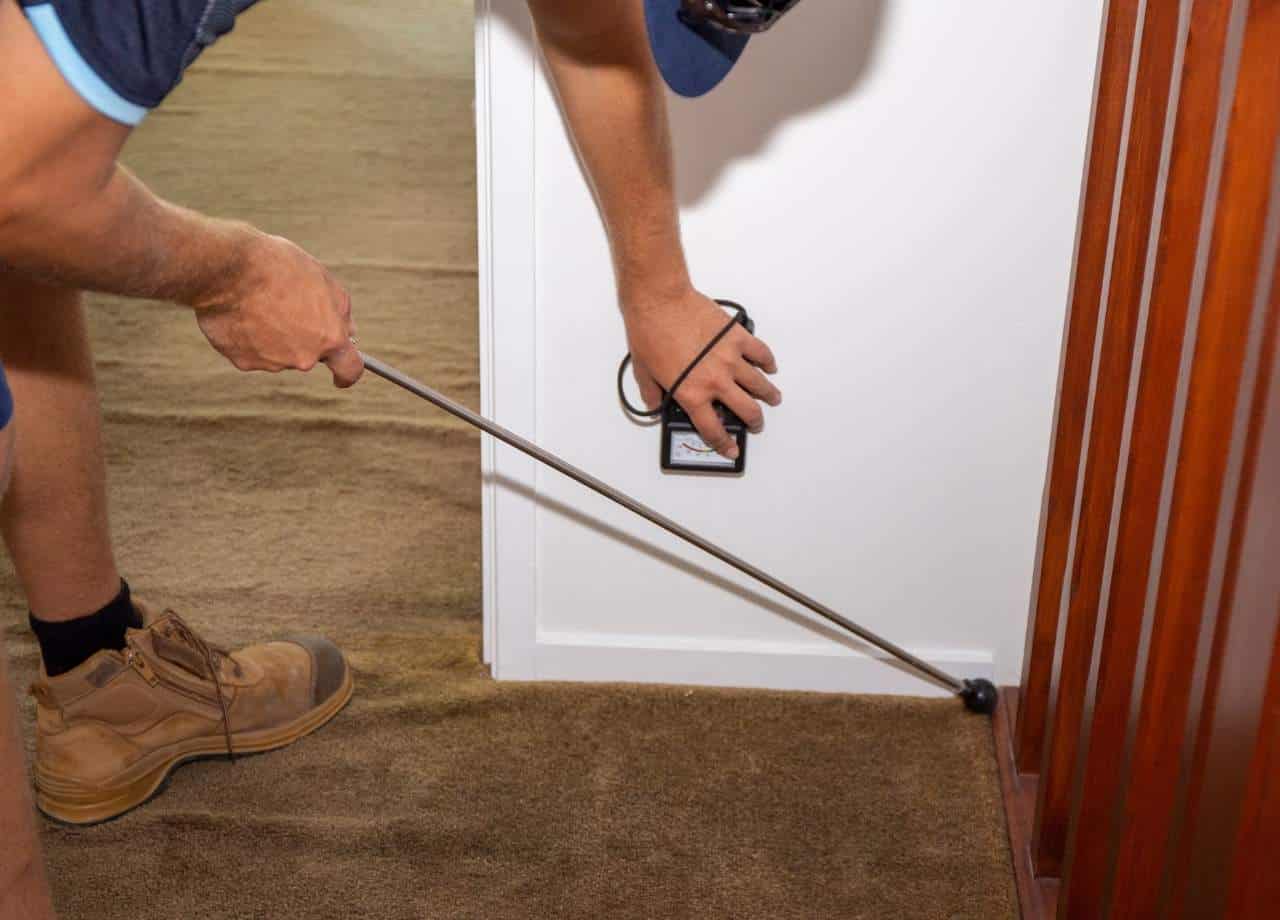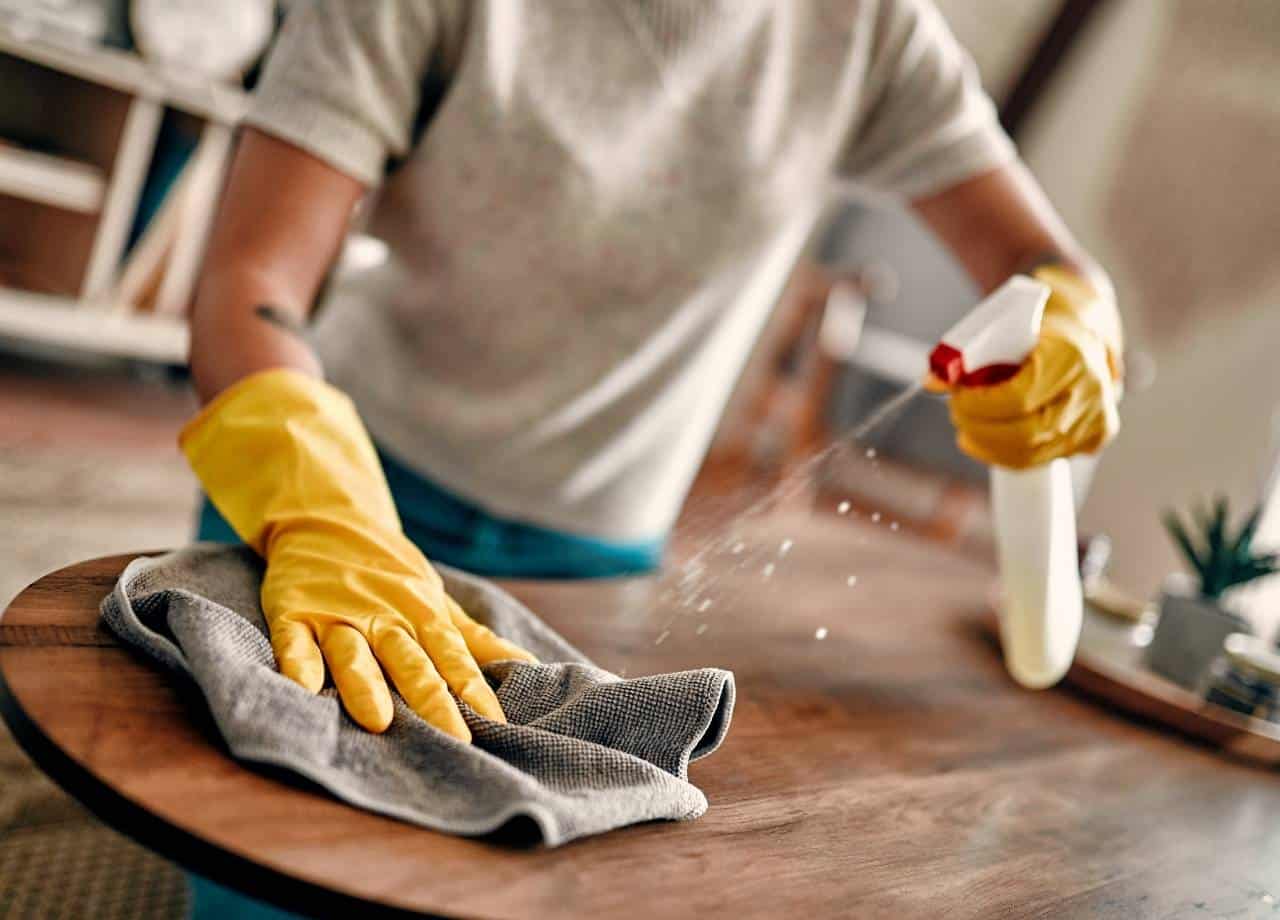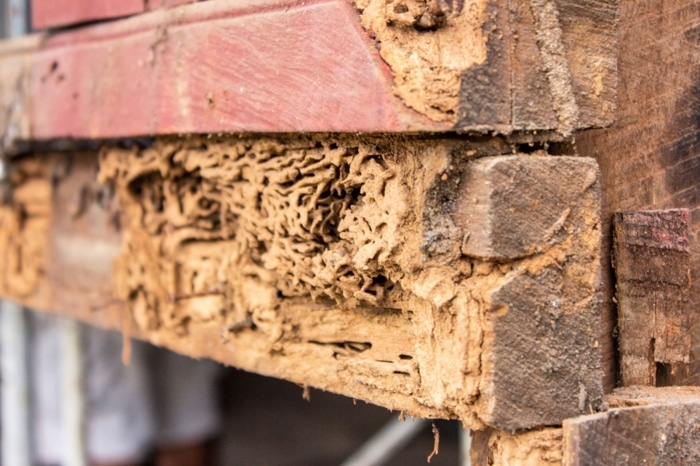When people think of pest problems, they usually picture ants in the kitchen or mice in the attic. Termites, though, are in a category of their own. These tiny insects cause billions of dollars in damage every year, often without residents noticing until the problem is far worse than expected. It’s no surprise that some property managers or residents might consider rolling up their sleeves and trying to handle termites on their own. But here’s the reality: DIY termite removal almost always backfires.
Termites Don’t Work on Your Schedule
The tricky thing about termites is that they never stop working. A single colony can have hundreds of thousands of workers eating wood around the clock. By the time you notice bubbling paint, hollow-sounding walls, or sagging floors, termites have already been chewing away for months or even years.
DIY attempts usually come too late in the cycle. Store-bought sprays, powders, or “quick fixes” might kill a few termites you see, but they don’t reach the heart of the problem—the colony hidden deep underground or inside wooden structures. While someone is busy treating the surface, termites are busy eating through beams, baseboards, and even structural supports.
Why Over-the-Counter Products Fall Short
Most termite products sold in stores are designed to look simple and convenient. They promise fast results and are often marketed like ant or roach sprays. The problem is that termites don’t behave like ants or roaches. You can’t just spray the visible ones and expect the problem to disappear.
Even termite bait stakes sold at home improvement stores don’t work the way professional systems do. The ones available for DIY use are usually weaker, slower, and cover too small of an area. A few stakes around the yard won’t stop a massive colony with multiple entry points. In fact, if placed incorrectly, they may not even attract termites at all.
This false sense of security can be dangerous. Property managers may believe the problem is under control, while termites continue spreading behind the scenes. Months later, the damage is far worse, and repairs become significantly more expensive.
The Hidden Cost of DIY Efforts
One of the biggest risks of DIY termite control is financial. The upfront cost of a can of spray or a few bait stations may seem appealing compared to calling in a professional. But termites don’t care about budgets. They’ll keep eating until they’re stopped, and the damage they cause often far outweighs what professional service would have cost in the first place.
Imagine catching what looks like a small leak in an apartment roof. Instead of calling a roofer, you throw a tarp over it and forget about it. By the time you return, the water has spread, the ceiling is caving in, and mold has set in. What would have been a minor repair is now a major expense. That’s how termites work. Delay and underestimation almost always lead to bigger bills down the line.
For property managers, the cost isn’t just in repairs. There’s also the added headache of scheduling work, coordinating with residents, and dealing with the reputation damage of having pest problems in the first place. A quick DIY attempt may feel like a time-saver, but it often sets up even more work and stress later.
The Professional Advantage
Professional termite treatments are not just stronger—they’re smarter. Licensed pest experts use tools and techniques that simply aren’t available in a store. For example, some systems deliver bait directly to termites in a way that spreads throughout the entire colony, wiping it out from the inside. Others use barrier treatments that protect buildings for years at a time, something a can of spray can never achieve.
Professionals also know how to inspect properties properly. Termites are sneaky, and spotting their presence takes more than a quick glance at a wall. Experts look for mud tubes, moisture issues, and other subtle signs most people would miss. That difference in detection is often what prevents small colonies from becoming full-blown disasters.
For apartments especially, professional service is the only realistic option. Termites don’t stay neatly in one unit. They spread through walls, flooring, and foundations. A resident in one corner of the building trying a DIY approach won’t just fail—it may give termites more time to reach other units. Only coordinated, building-wide protection works.
Why Waiting Is the Real Mistake
The most damaging choice isn’t just trying DIY methods—it’s waiting to see if they work. Every week termites are left alone, they cause more destruction. They don’t rest, and they don’t give second chances. The longer property managers wait, the harder and more expensive the solution becomes.
This is why having a plan in place before termites ever show up is so important. With Pest Share, residents and property managers have a safety net. Instead of scrambling when termites are discovered, coverage ensures professionals are on the job right away. That speed can mean the difference between replacing a few boards and rebuilding an entire section of a building.
Termites are one of the worst pests to underestimate. DIY methods don’t work because termites are hidden, persistent, and capable of massive structural damage before you even know they’re there. Store-bought sprays and stakes may feel like action, but they rarely touch the actual colony.
For property managers, the real danger is not just the termites themselves, but the cost, the stress, and the disruption that follow when DIY fixes fail. Professional treatments are the only way to truly solve the problem, and waiting only gives termites the upper hand.
The good news? With Pest Share, you don’t have to gamble with DIY methods or wonder what’s happening behind your walls. You can be confident that if termites ever show up, the right help is already in place. That peace of mind is worth far more than any can of spray on a store shelf.





